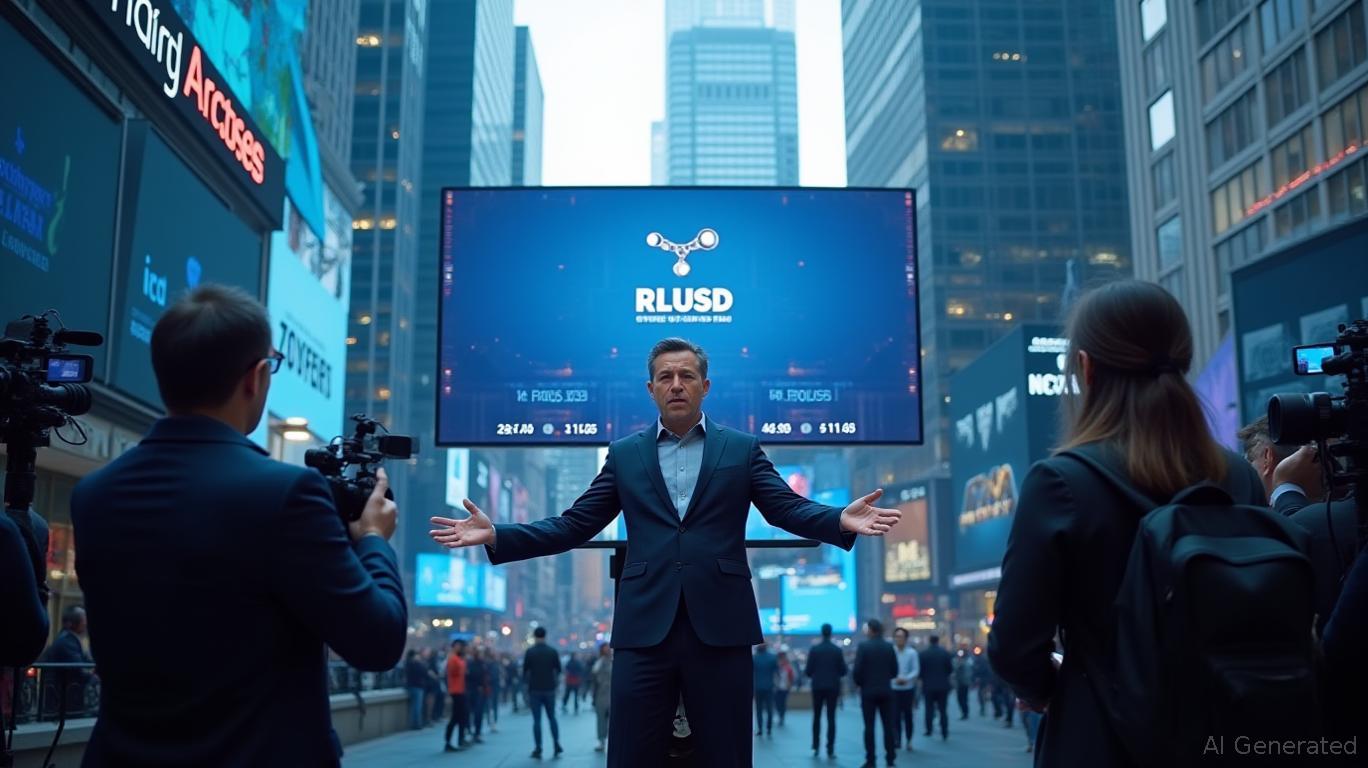XRP News Today: Ripple’s RLUSD: Accelerating Relief Efforts and Strengthening International Financial Systems
Ripple’s RLUSD stablecoin is proving to be a game-changer for humanitarian efforts, as non-profit groups are utilizing its blockchain technology to simplify international payments and boost financial transparency. Organizations such as World Central Kitchen, Water.org, GiveDirectly, and Mercy Corps are making use of Ripple Payments and RLUSD to distribute funds instantly, bypassing the need for conventional banks, according to a
RLUSD, a stablecoin pegged to the U.S. dollar and operating on Ripple’s

The stablecoin’s applications go beyond mainstream finance. In Nigeria, Tembo e-LV, a branch of electric vehicle maker Tembo, started accepting RLUSD for payments in September 2025, showcasing its relevance in developing markets. Additionally, Ripple’s University Blockchain Research Initiative (UBRI) has allocated over $1.5 million in RLUSD to promote blockchain education, according to a
Ripple’s XRP Ledger (XRPL) recorded a 215% increase in tokenized asset volume in the third quarter of 2025, now handling over $364 million in real-world assets such as Treasury bonds and property, according to Bitget. This expansion is supported by Ripple’s institutional alliances, including SBI Holdings’ $10 billion in XRP reserves and Trident Digital Tech Holdings’ $11 billion in new assets. Experts see RLUSD as a “liquidity booster” for XRP, strengthening its function as a bridge for cross-border transactions and institutional settlements.
Looking forward, Ripple intends to introduce RLUSD to Japan and African fintech sectors in 2026, reflecting its goal to become a global payments infrastructure. By prioritizing interoperability, regulatory adherence, and practical use, RLUSD is helping Ripple establish itself as a major force in the changing financial world, where blockchain connects established systems with decentralized innovation.